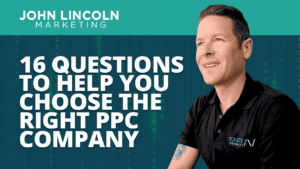
Top 16 Questions to Ask a PPC Company in 2024
In 2024, choosing the right PPC company is not just about spending your advertising budget. You want to make every cent count towards your business
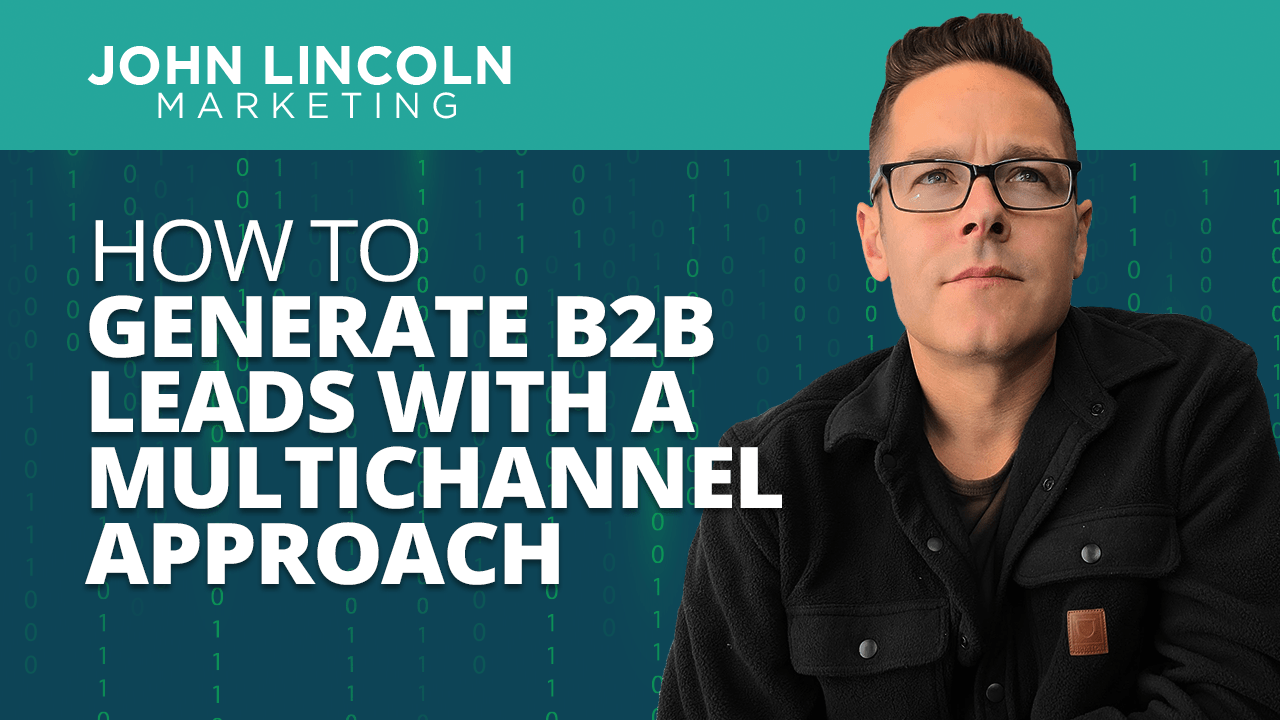
From social media to paid placements, B2B lead generation is not pigeonholed to one platform. As a business, you should definitely be using a multichannel approach to generate B2B leads. But what does that mean?
A multichannel marketing approach refers to a full spectrum of platforms and prospecting. Let’s dive into what that means for companies in the industry, and why multichannel marketing is the best way to get B2B leads.
One thing I’ve realized in B2B social marketing is that you should be bragging about your product or service.
Believe it or not, customers actually love to see this. At Ignite Visibility, some of our enterprise clients have found that their highest engagement posts turn out to be positive customer testimonials. Don’t be afraid to brag about your offering on social media.
With 89% of B2B marketers using LinkedIn for lead gen, this platform is the most obvious space for generating B2B leads. LinkedIn helps businesses build trust, personal relationships, and value for their product or service.
You’ll definitely want to start a company page if you haven’t already, and make sure all of your employees are using it for their profile resume. Use that business page to generate leads, but also use personal accounts to share your company’s content and connect with new networks.
LinkedIn definitely favors content that doesn’t link externally. While you can share blogs and YouTube videos, you’ll want to post original LinkedIn articles as well. Post about once a day and vary your posts between sponsored ads, promotional content, and educational info.
LinkedIn groups are also super useful and a great way to build a community full of your target audience. Make sure it’s a give-and-take space, and not just something you hope to get leads out of.
Instagram is one of the best places B2B businesses can go to #humblebrag.
Consider posting a clean, beautiful portrait of someone who your business has really helped out. This includes a philanthropic recipient, customer, community member, or anyone else your brand has been involved with. Make sure your photography is on point and that your caption speaks to what you did to help.
Make sure you set up a unique theme across your feed. This could be contextually and aesthetically. Basically, you want to be deliberate rather than post randomly. Editorial calendars help tremendously with this.
Give users something worth following. Sponsored content is one thing, but free advice and education with no strings attached go a long way on Instagram. You can also do some behind-the-scenes content to entice followers. Get crazy with design and animation.
Reserve about 10% of your posts for promotional offerings, but don’t make that your meat.
Facebook has a whole slew of opportunities for B2B businesses. In fact, it’s actually more popular than LinkedIn for B2B marketers, according to Statista.
Take advantage of endless community-building opportunities on Facebook. This means creating a Facebook group (for example, The Female CEO) to build conversation and camaraderie with your audience.
Don’t neglect Facebook Lives, as they’re 20% more likely than other posts to get higher engagement. Do you have an event, webinar or behind-the-scenes footage you can share? Here’s your chance.
Of course, Facebook ads are a big part of this, but there’s also something to be said for organic reach within Facebook. Keep in mind the Apple iOS 14 privacy update, which is changing how businesses and advertisers can track app users on platforms like Facebook. Try to use your content to develop a strong first-party data generation strategy.
Twitter is the home for user-generated content (UGC) for B2B brands. If you’re not on Twitter—with a branded hashtag—it’s time to whip your business into shape.
As for that branded hashtag, build excitement around your industry, product or service. Score some UGC and repost it for free marketing. Also use other hashtags strategically to make yourself visible to new audiences and new conversations (check out the hashtagged post from a B2B business owner below for an example).
Buying real #crypto projects only.
— David Gokhshtein (@davidgokhshtein) April 25, 2021
Don’t just post, or you won’t garner enough engagement. You also want to join the conversation by replying to other users’ threads. Answer people’s questions relating to your industry. Use both your business profile and individual accounts from executives. Position yourself as a responsive expert that’s willing to engage.
B2B pay-per-click (PPC) is a lot different than the average PPC campaign. Lead gen leads to a longer sales process. In many cases, that translates to a more strategic advertising approach that’s heavily influenced by education.
Make sure you choose keywords at certain stages of the buying cycle. You need to really understand the space and figure out these keyword segments to sufficiently segment your PPC ads.
First, What are those terms that relate to general research and awareness? These might include words like how, what, or why.
Next, what terms are more transactional with higher intent? These may be exact match terms that relate specifically to your business.
You’ll also want to ask yourself, what are those competitive analysis terms where people are looking at your competitors vs. you? Keywords may reflect this competition.
Final transaction terms are also tied in with this. Keywords included branded terms plus terms like discount, coupons and more.
PRO TIP: Don’t overuse broad match keywords. They can be a waste of money and ding your return on investment. Phrase match and exact match terms (with a higher emphasis on exact match) will get you much farther.
Remember that PPC differs across all platforms—from Google Display to YouTube and beyond. Make sure you understand these ecosystems. Whatever the platform, cost-per-conversion is much more important than cost-per-click. Plus, remarketing qualified leads 4–7 times will often help you push those B2B prospects further down the funnel (make sure you have a solid collection of landing pages for them to go to).
Whereas B2C businesses may want to deliver entertainment, B2B businesses may be more apt to deliver expertise.
Business leaders want to be educated, especially if it’s for the betterment of their company. Content marketing in all its forms does just that. Let’s tackle two key content marketing avenues: YouTube videos and blogs.

A reported 72% of B2B marketers are already on the YouTube bandwagon. Are you?
Don’t forget that you can do some SEO on your YouTube channel. This includes optimizing the “About” field, organizing your videos into relevant playlists and setting your logo as your image to enhance brand recognition.
Consider creating a series that teaches your audience something (see above for an example from Oracle).
You don’t need to spend a ton on your YouTube videos, but you should set a budget to ensure you’re creating high-quality content without going overboard. Costs might include the set, video editing and ads.
HubSpot tells us that 80% of business decision makers would rather get info from an article than an ad. A blog can feel more authentic and transparent.
As a B2B business, you actually have more opportunity to create varied content based on the different segments of your audience. Checklists, industry reports and case studies are just a few ways you can deliver content. Incorporating shareable infographic snippets will help you deliver more value.
It’ll take time to find the right content mix that your audience appreciates. If you stick with it, you could see your blogs deliver leads for up to two years (or longer if you keep them updated with relevant content)!
PRO TIP: Your website’s presentation is just as crucial as the content itself. Don’t skimp on design.
Your blogs can serve as homebase for a lot of your cross-channel marketing. Add videos to posts, share blogs on social media and take advantage of backlinks. Those are just some of the ways blogs tie in with a multichannel approach to B2B lead generation.
Did you know that 93% of B2B marketers distribute content via email? That’s…a lot!
With this in mind, email is the ideal place to show a business leader how your product or service can boost their bottom line, save them time or generally make their life easier.
A newsletter is a critical component in email marketing. Of course, you need to build an email list. There are many ways to do this, but some of the easiest are:
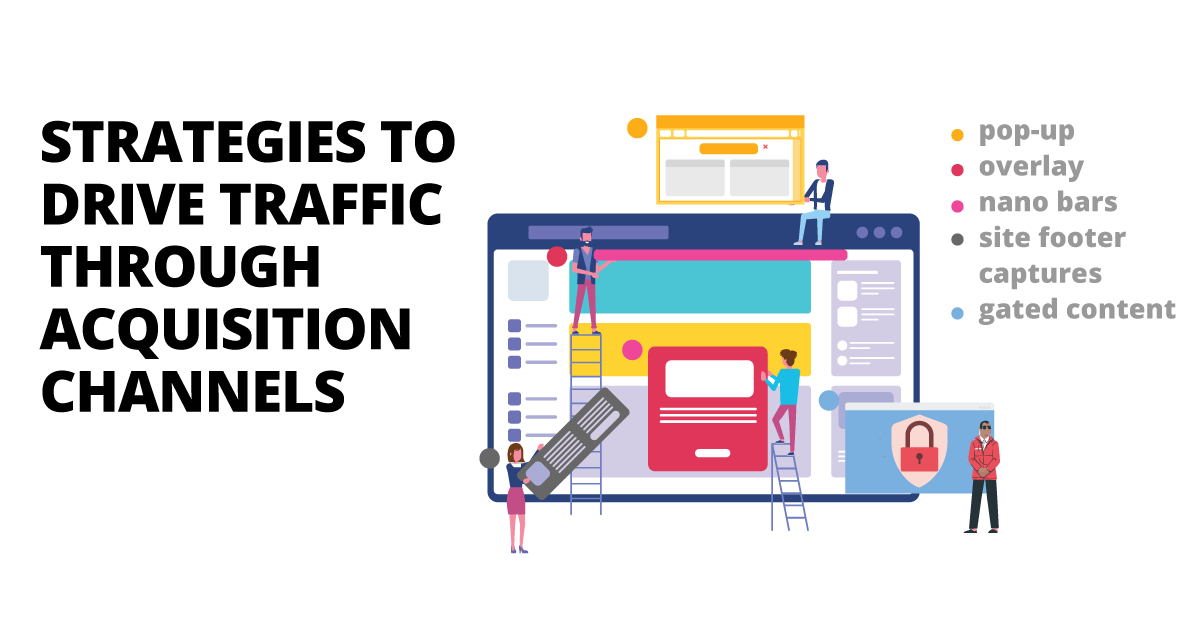
Once you have a robust opted-in email list, you’ll want to deliver newsletter content with catchy subject lines, a single but strong call-to-action (CTA), responsive designs, and email audience segmentation.
Gated content can get you first-party data like no other. As we imagine a world with no third-party cookies, this becomes crucial.
Take on your e-books, whitepapers and webinars like you would a key pillar page in a content marketing strategy. Each one will provide opportunities for a cluster of marketing tactics. While you deliver value to your audience, your audience delivers value to you. This is an important part in developing authority and thought leadership in your industry. Become sharable. Become a source for others to use.
At best, you can even hire a company to conduct a study that’s relevant to your industry. For example, Ellevest does this with their weekly workshops and live webinars.

You can tease gated content in an email newsletter or on a landing page. You can also gate content on LinkedIn to generate more B2B leads. Lure in your audience with an enticing caption and provide a link for them to learn more.
PR is a great way to get your B2B company noticed by your ideal clientele. Digital PR strategies that are super helpful include:
There are a lot of third-party tools that can help you streamline this process. Tools like Pitchbox are extremely effective in building your prospect list. As a B2B executive, use your platform to offer new ways of thinking or new solutions to old problems—aka thought leadership!
People ask a lot of questions on Quora, a question-and-answer platform that is home to three million questions. If you can manage to get enough traffic on your answers, then you score B2B leads with the best of the Quora best.
Just look at Josh Fetcher, a B2B Quora aficionado.

Josh has answered 624 questions, posted 9 of his own questions and amassed 42,400 followers. His expertise as a B2B company founder has clearly positioned him well on the platform.
In other words, be like Josh.
If you really want to have fun with your B2B marketing, you can also use Reddit to your advantage. Join in on conversations from audiences that fit your buyer personas. It’ll take time to find the right subreddits, but it can be a goldmine for leads once you do.
Social media, PPC, content strategy and more help fill the gaps for corporate clients. B2B lead gen is its own beast, and using a multichannel approach covers your bases across the sales funnel.
Plus, a multichannel approach allows you to tie all your content in with one another, ultimately ensuring an informative and effective strategy that’s well above par.
Welcome to John Lincoln’s personal website. You can learn about John Lincoln’s books, films, book him to speak and contact him. John is directly associated with many of the businesses mentioned on this website and freely discloses this information.

John Lincoln is CEO of Ignite Visibility, one of the top digital marketing agencies in the nation. Ignite Visibility is a 6x Inc. 5,000 company. Ignite Visibility offers a unique digital marketing program tied directly to ROI with a focus on using SEO, social media, paid media, CRO, email and PR to achieve results. Outside of Ignite Visibility, Lincoln is a frequent speaker and author of the books Advolution, Digital Influencer and The Forecaster Method. Lincoln is consistently named one of the top digital marketers in the industry and was the recipient of the coveted Search Engine Land “Search Marketer of The Year” award. Lincoln has taught digital marketing and Web Analytics at the University of California San Diego since 2010, has been named as one of San Diego’s most admired CEO’s and a top business leader under 40. Lincoln has also made “SEO: The Movie” and “Social Media Marketing: The Movie.” His business mission is to help others through digital marketing.
Want to get in touch with John Lincoln? Click Here To Reach Out.

In 2024, choosing the right PPC company is not just about spending your advertising budget. You want to make every cent count towards your business
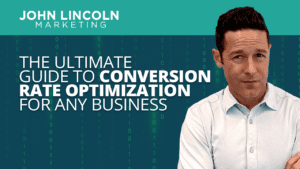
Whether you’re a seasoned marketer or just starting out, conversion rate optimization (CRO) is a powerful tool that can boost your sales, leads, and overall

Feeling overwhelmed by the sea of SEO companies out there? You’re not alone! Choosing the right partner is crucial for achieving your online marketing
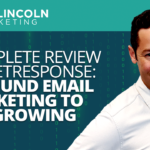 Complete Review of GetResponse: Inbound Email Marketing to Get Growing
Complete Review of GetResponse: Inbound Email Marketing to Get Growing Complete Review of GetResponse: Inbound Email Marketing to Get Growing Looking for an email marketing tool that